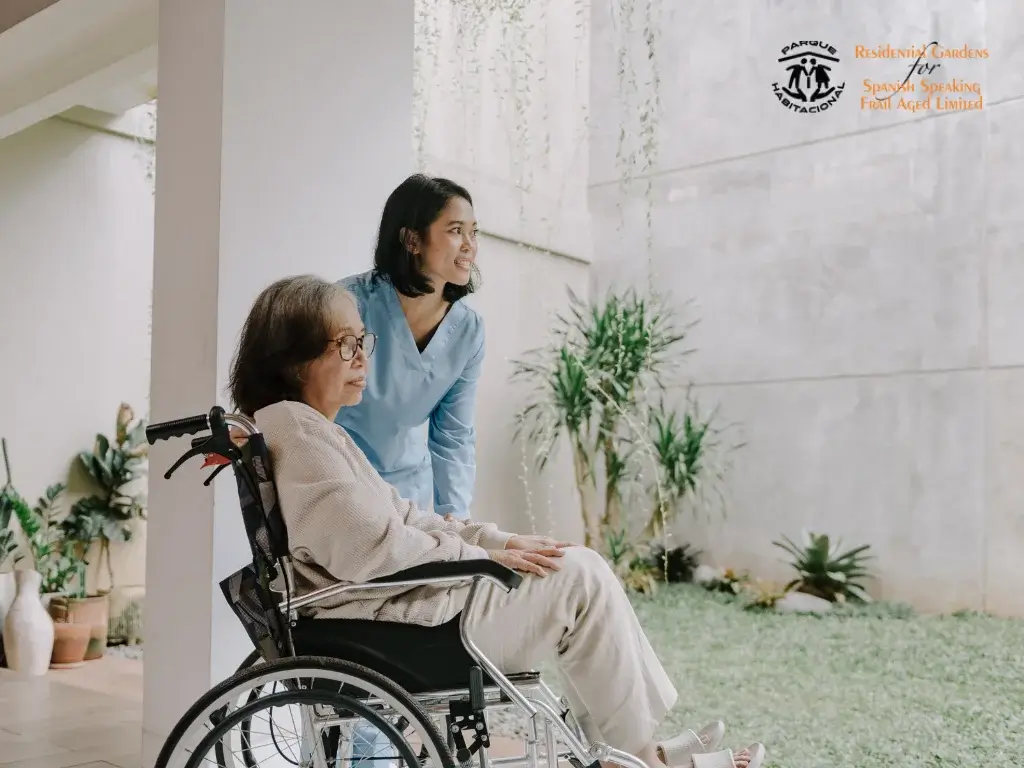In the realm of senior care, a pivotal focus is placed upon the enhancement of the quality of life for elderly individuals. It is recognized that comprehensive care tailored to the unique needs of seniors is paramount. Within this spectrum of care, two primary approaches are discerned: palliative care and curative care.
These terms, often utilized within healthcare settings, are pivotal to the understanding of care strategies employed for seniors. Palliative care is primarily oriented towards symptom management and improving life quality when a cure is not feasible, whereas curative care is aimed at curing or managing diseases or conditions.
Understanding Palliative Care
Palliative care is defined as a multidisciplinary approach that is employed to improve the quality of life for patients and their families who are facing problems associated with life-threatening illnesses. The essence of palliative care lies in the relief from pain, physical stress, and mental anguish that often accompany severe illnesses. The comprehensive nature of palliative care is characterized by the simultaneous consideration of the physical, emotional, and spiritual well-being of the patient. It is often introduced at any stage of the illness and can be provided along with curative treatment.
Understanding Curative Care
Curative care, in contrast, is aimed at eradicating diseases or providing treatments with the intent of prolonging life and halting the progression of diseases. It is often associated with medical interventions that are aggressive and focused on curing a particular condition. The significance of curative care in the context of acute and chronic conditions cannot be understated, as it offers the potential for halting or reversing the progression of an illness. For elderly patients, the decision to pursue curative treatments is made with careful consideration of their overall health status, quality of life, and personal preferences.
Comparing Palliative and Curative Care
| Aspect | Palliative Care | Curative Care |
Primary Goal | Alleviate symptoms, manage pain, and improve quality of life. | Cure the illness or manage its progression. |
Treatment Focus | Non-aggressive care that supports comfort and symptom control. | Aggressive treatments aimed at disease eradication or control. |
Timing | Can be provided at any stage of a serious illness. | Typically initiated soon after diagnosis. |
Patient Support | Emotional, spiritual, and psychological support are integral. | Focus is primarily on physical health outcomes. |
Role in Prognosis | Not intended to change the course of the disease. | Intended to halt or reverse the course of the disease. |
Care Integration | Can be integrated with curative treatments for holistic care. | May be used exclusively until it’s no longer effective. |
Decision Making | Informed by patient and family preferences, quality of life considerations. | Driven by medical assessments, potential for recovery or extension of life. |
Decision-Making in Senior Care
The process of decision-making in senior care is complex and involves a careful evaluation of patient needs and personal desires. The preferences and values of the senior are considered paramount, and these are often assessed in conjunction with the medical advice provided by the healthcare team. The involvement of family members in the planning and decision-making process is also recognized as critical, providing a support system for the patient. However, ethical dilemmas frequently arise when the wishes of the patient conflict with the medical recommendations or when the potential outcomes are uncertain.

Challenges in Balancing Palliative and Curative Care
Numerous myths surrounding palliative care are often encountered, including the misconception that it is only appropriate at the very end of life or that it means giving up on treatment. These myths are continually being addressed and debunked by healthcare professionals. Emotional and economic considerations also play a significant role in the decision-making process for care. The costs associated with different types of care can be substantial, and navigating the complexities of healthcare systems and insurance coverage often adds an additional layer of challenge for patients and their families.
Evolving Trends in Senior Care
In recent years, a notable shift has been observed in senior care towards the integration of palliative and curative care. This integrative approach is increasingly advocated for as it aligns with a more patient-centered model of care.
- Integrated Care Models
- Integration of health and social care services.
- Combination of medical, personal, and social support services.
- Technology Adoption
- Increasing use of telemedicine, health monitoring devices, and smart home systems.
- Enhancement of seniors’ independence and in-home care.
- Personalized Medicine
- Utilization of genomics and biotechnology for tailored treatments.
- Development of individualized preventive strategies.
- Focus on Mental Health
- Growing services and support for senior mental health issues.
- Acknowledgment of the importance of mental well-being.
- Preventative Care
- Emphasis on routine screenings and vaccinations.
- Prevention of illness and maintenance of health.
- Community-Based Programs
- Expansion of programs that promote social engagement.
- Assistance to help seniors stay connected and active.
- Workforce Development
- Training for a skilled senior care workforce.
- Specialized education in geriatrics and chronic disease management.
- Regulatory Changes
- Policy shifts to improve care quality and accessibility.
- Focus on affordability of senior care services.
- Home Health Care Expansion
- Growth of home health care as a preferred option.
- Support for aging in place and home-based medical services.
- Palliative and End-of-Life Care
- Integration of palliative care in the senior care continuum.
- Increased focus on comfort, quality of life, and advanced care planning.
The Role of Caregivers and Support Systems
Caregivers are supported through various means when managing both palliative and curative care types. Resources are made available to assist in the complex task of caregiving, ranging from professional training to emotional support groups. Community resources, including support groups for senior care, provide a network of assistance, sharing of best practices, and emotional support, which are invaluable to caregivers.
Conclusion
The critical role of tailored care plans in senior care is emphasized as an essential component of effective care provision. Such personalized plans are increasingly recognized for their ability to improve quality of life and ensure that treatment aligns with patients’ values and wishes. Looking ahead, the evolution of care choices in senior care is likely to continue towards more personalized and integrated care models, reflecting the complex and dynamic needs of the aging population.



